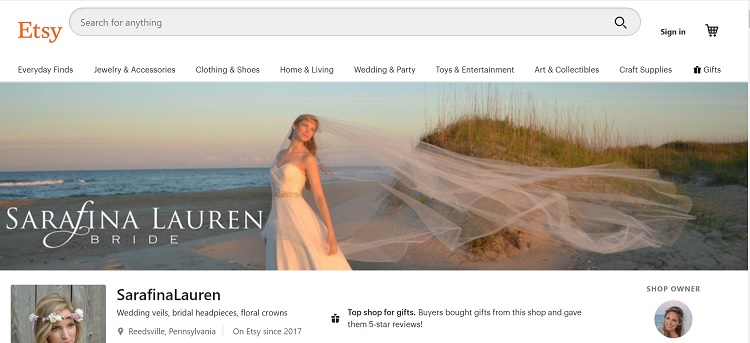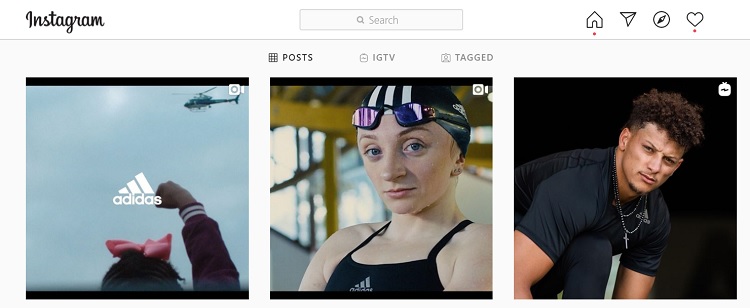There are times when you need some beautiful social media graphics, but your budget doesn’t have space for a professional designer. Fortunately, you can use some tools and methods to create stunning images for various platforms without spending anything other than your time.
According to GlobalWebIndex, about 54% of social media users research products. If your business doesn’t yet have a strong presence on at least one platform, it’s time to learn the ins and outs of the location where your buyers hang out.
You don’t need to go back to school and get a design degree to create stunning social media graphics. You just need to focus on a few particular elements and pay attention to detail. When your marketing budget allows, you can always hire a graphic designer.
How to Create Stunning Social Media Graphics Without a Design Degree
1. Know Basic Design Principles
Before you try to create social media graphics, you should understand a few basic design principles. Once you have an idea of how to space elements within a design, layer items and combine colors, you can more easily come up with your graphics. Watch a few videos on graphic design basics and learn about everything from composition to layering.
Before you try to create social media graphics, you should understand a few basic design principles. Click To Tweet2. Start With Banners
Banners are fairly easy to create, and there are tons of templates and examples online. If you’re just getting started in graphic design, a banner is an excellent first project.
Sites such as Bannersnack.com and Snappa.com allow you to create banners for social media without any previous design or coding experience. You could also use them in advertisements on other websites or newsletters, so they have multiple purposes.
Magnolia Bakery uses a closeup photograph of its cupcakes. The viewer’s mouth almost waters looking at the beautiful image. Other photos on the page are high-end food photography shots. It’s unclear if the company uses a media specialist or takes photographs and posts them, but the style works well for restaurant-based businesses.
Sarafina Lauren studio makes one-of-a-kind artisan headpieces for brides. Note the gorgeous photo combined with its typography for the word logo. Keep in mind you can mix an element such as a photo by a professional photographer with your designs through tools such as Canva. Doing some of the work yourself still cuts costs considerably while giving your graphics a professional edge.
3. Make Vinyl Cutouts
Invest in a Cricut or Silhouette vinyl cutting machine. You can design items for physical promotions and translate the designs to social media. For example, create a beautiful window cling with your logo and then take a photo of it or share it on your social media page. The more exposure customers have to your logo, the more likely they’ll remember you.
4. Study Competitors
If you want to see what slick images look like, choose a few competitors that have a big budget and likely use a professional designer. What do you notice about their pictures that you can implement into your own? Pay particular attention to camera angles and lighting.
What do their banners look like? What are they using for their profile image? How can you repeat what they’re doing but put your unique spin on it?
If you want to see what slick images look like, choose a few competitors that have a big budget and likely use a professional designer. What do you notice about their pictures that you can implement into your own? Click To Tweet5. Use Online Tools
Know what online tools are easiest to use and will give you the same results you might get from expensive software options. You could invest in PhotoShop and spend untold hours learning how to use it. However, you could also turn to alternatives such as Canva, where templates are premade according to the best sizing for each social media site.
Once you understand the basics of Canva, you can invest a little in the pro version. Use the images offered on its site or upload your own. Buy royalty-free vectors from stock photo sites to give your work a unique spin. You can also plug in photographs you take of your business or products to customize designs even more.
6. Brand Your Images
Think about how you can reinforce your brand’s message through the images you use and any details you add. A soft transparent overlay using your color palette can give all the photos you post on social media a similar look.
Add your logo in the corner of every image or make sure you use it in some way. Brands sometimes make sure their logo shows in images they upload. There are three main social media sites you can turn to for standards in your industry: Facebook, Instagram and Twitter. Lessons learned there apply to all.
Note how Adidas brands each image by making sure a logo shows on the clothing or somewhere in the photo. The effect is subtle and yet still reinforces the brand.
Benefit Indemnity Corp. adds its logo to many of its posts on Twitter. Note the placement is unobtrusive but still noticeable in the image above.
7. Create a Style Guide
If you’re like most small businesses, you’ll likely have more than one social media presence. You may have a page on Facebook, Twitter and LinkedIn. Get to know each platform and then stick to a style guide. No matter where users encounter your brand, the look should be recognizable. A style guide ensures you’re using the same elements in similar ways across all mediums.
8. Tweak Your Logo
You may already have a logo, but it needs adjustments to match modern design trends. Input your logo into Canva or Photoshop and play around with outlines, shadows, 3-D looks and animation. How can you update the logo for modern use without completely changing it? You’ll find several logo templates on Canva you can easily adapt to your needs.
Now reading: How to Create Stunning Social Media Graphics Without a Design Degree Click To TweetConclusion: Learn the Basics
Invest your free time in learning the primary rules of design. Choose one type of software and stick with it until you perfect it, whether you try Canva, GIMP or Photoshop. The key is learning as much as you can and trying out different techniques until you create images you’re proud of. You can accomplish a lot with free tools and a little experimentation.
Ciao,
Miss Kemya
This is a guest post from Lexie, a web designer and IoT enthusiast. She is an avid hiker and enjoys checking out local flea markets. Visit her design blog, Design Roast, and connect with her on Twitter @lexieludesigner.







